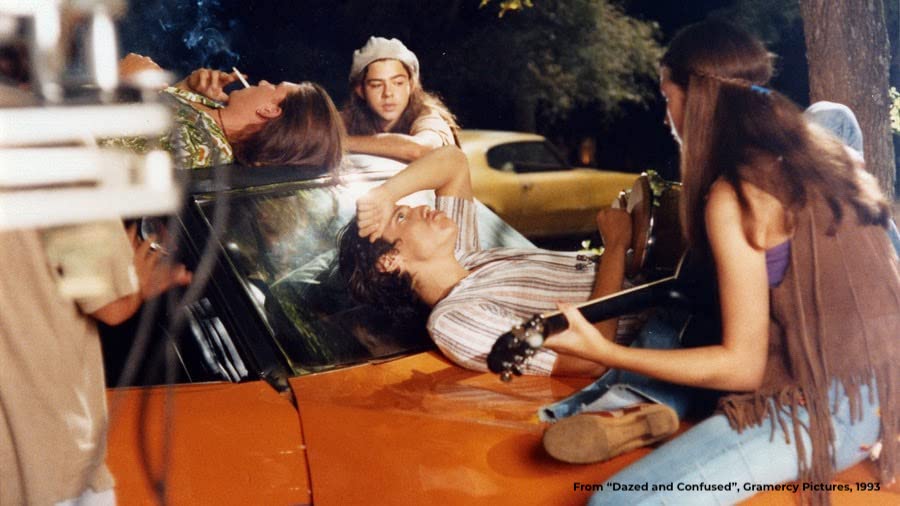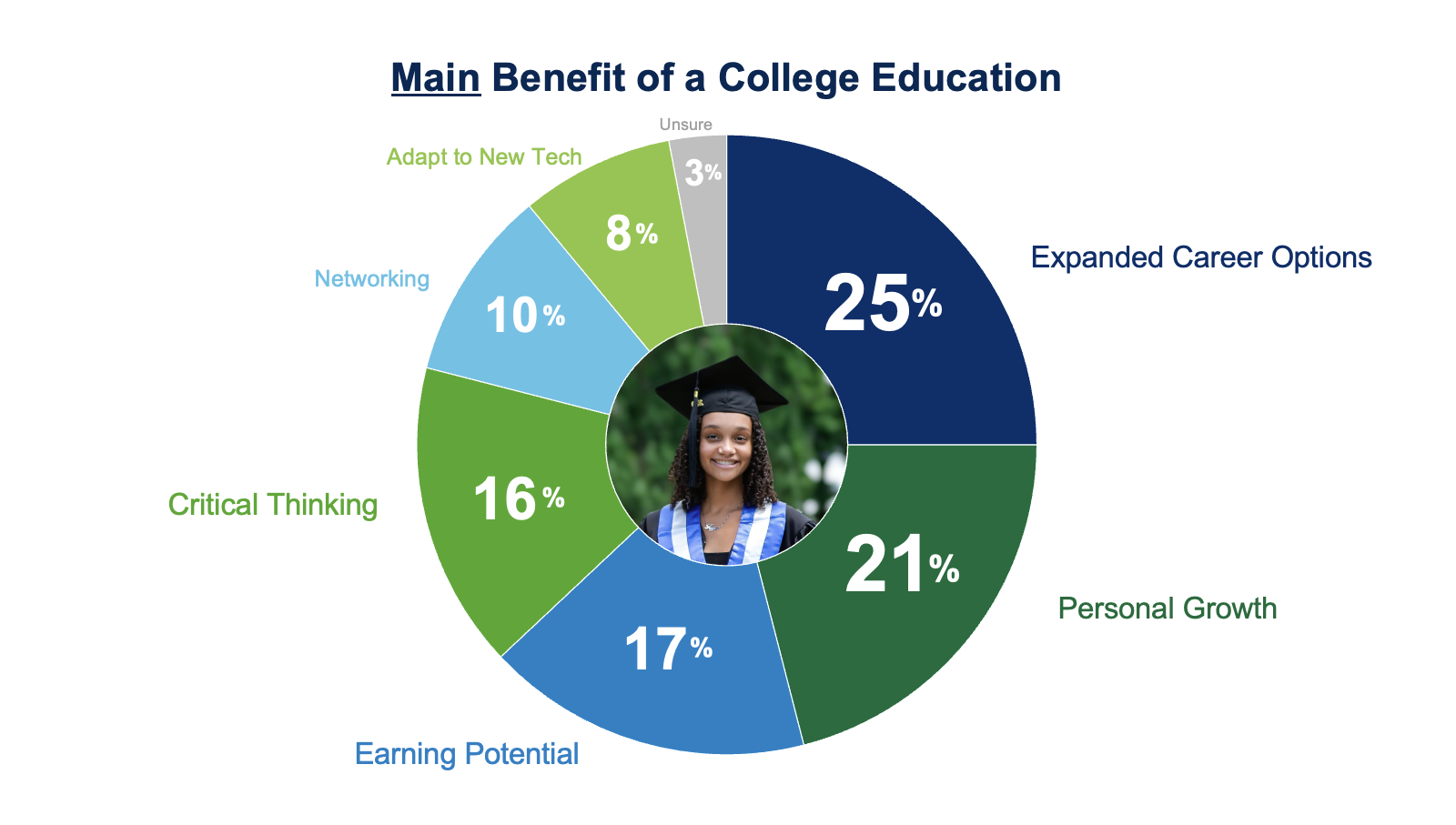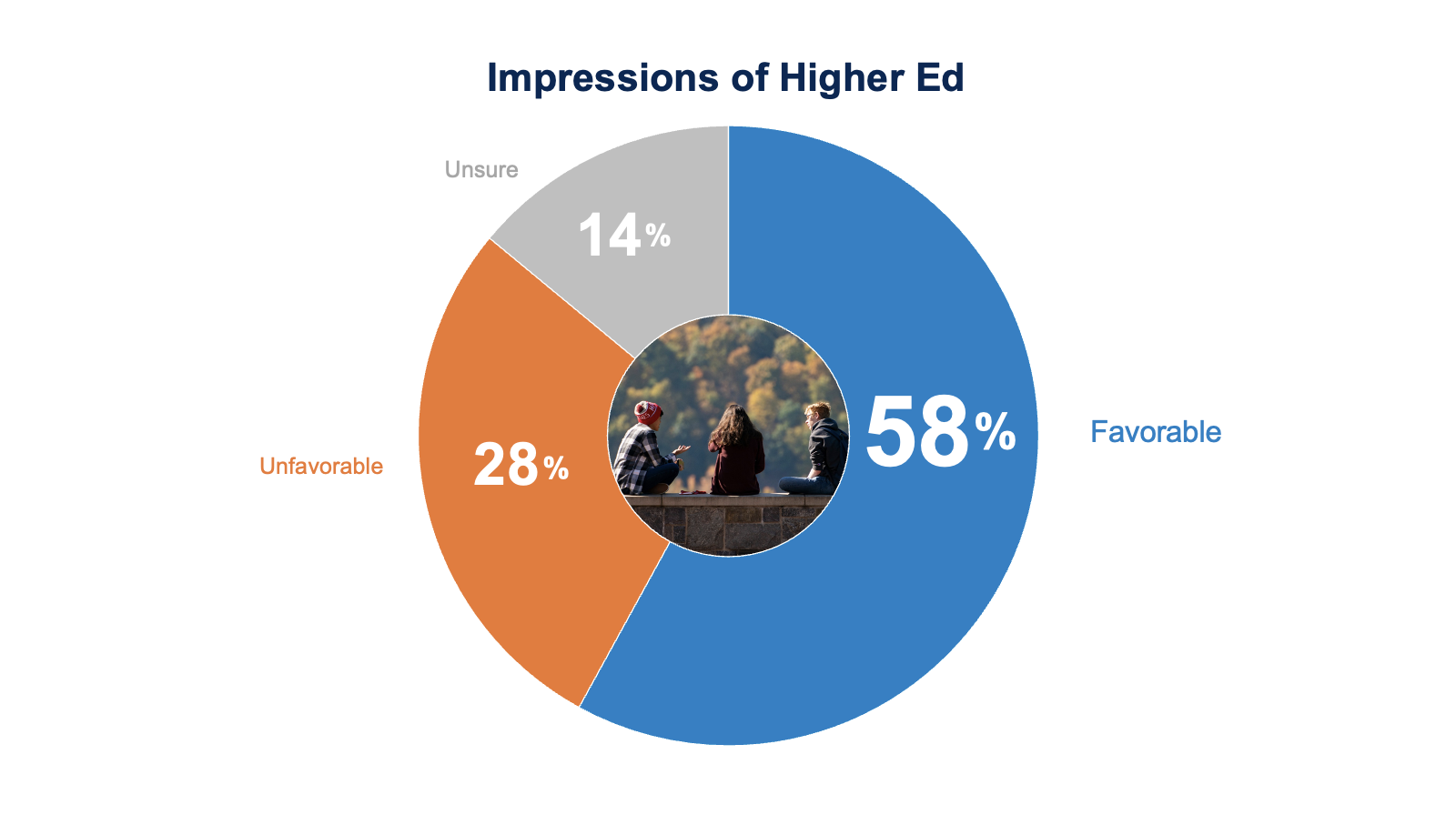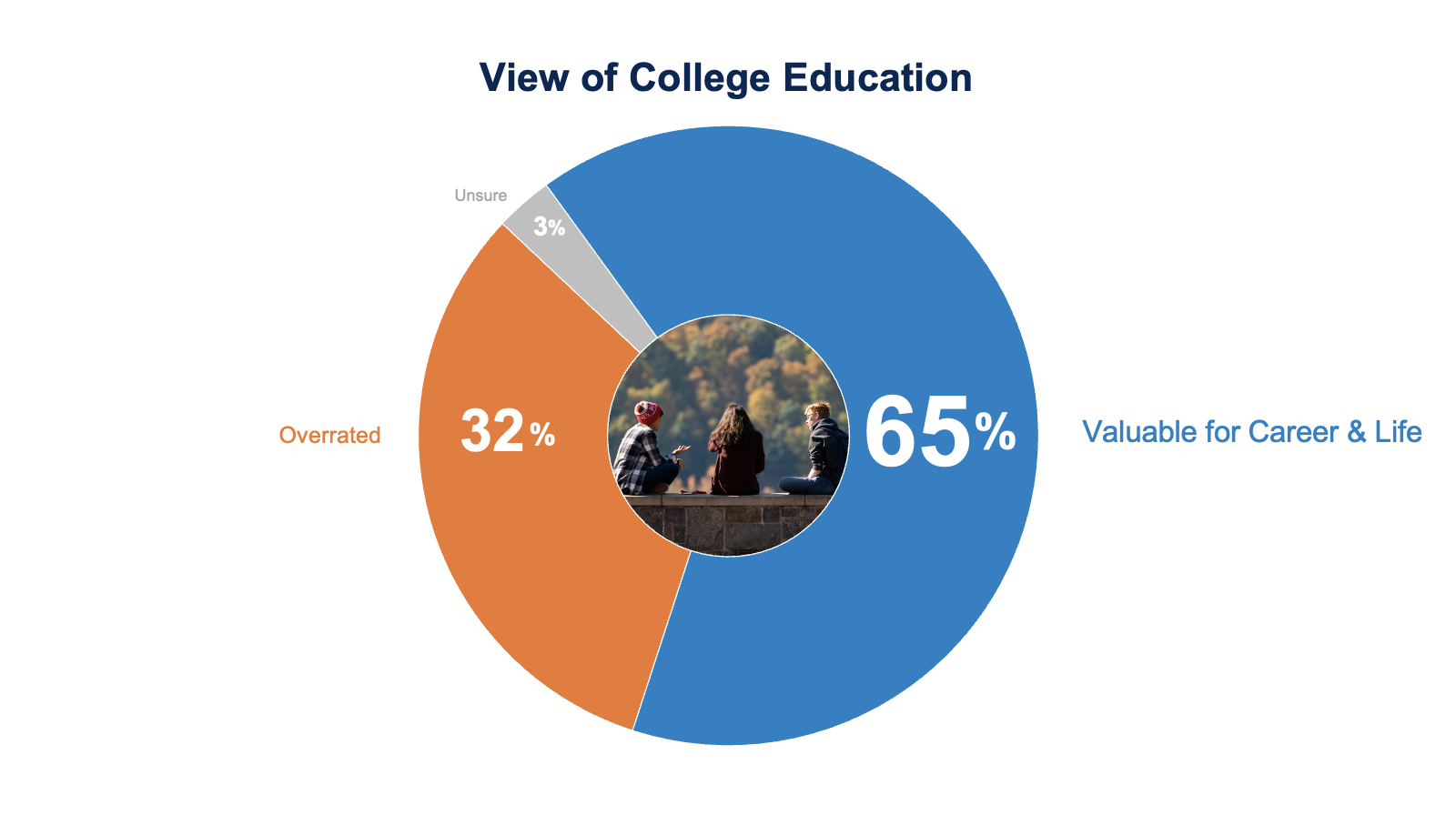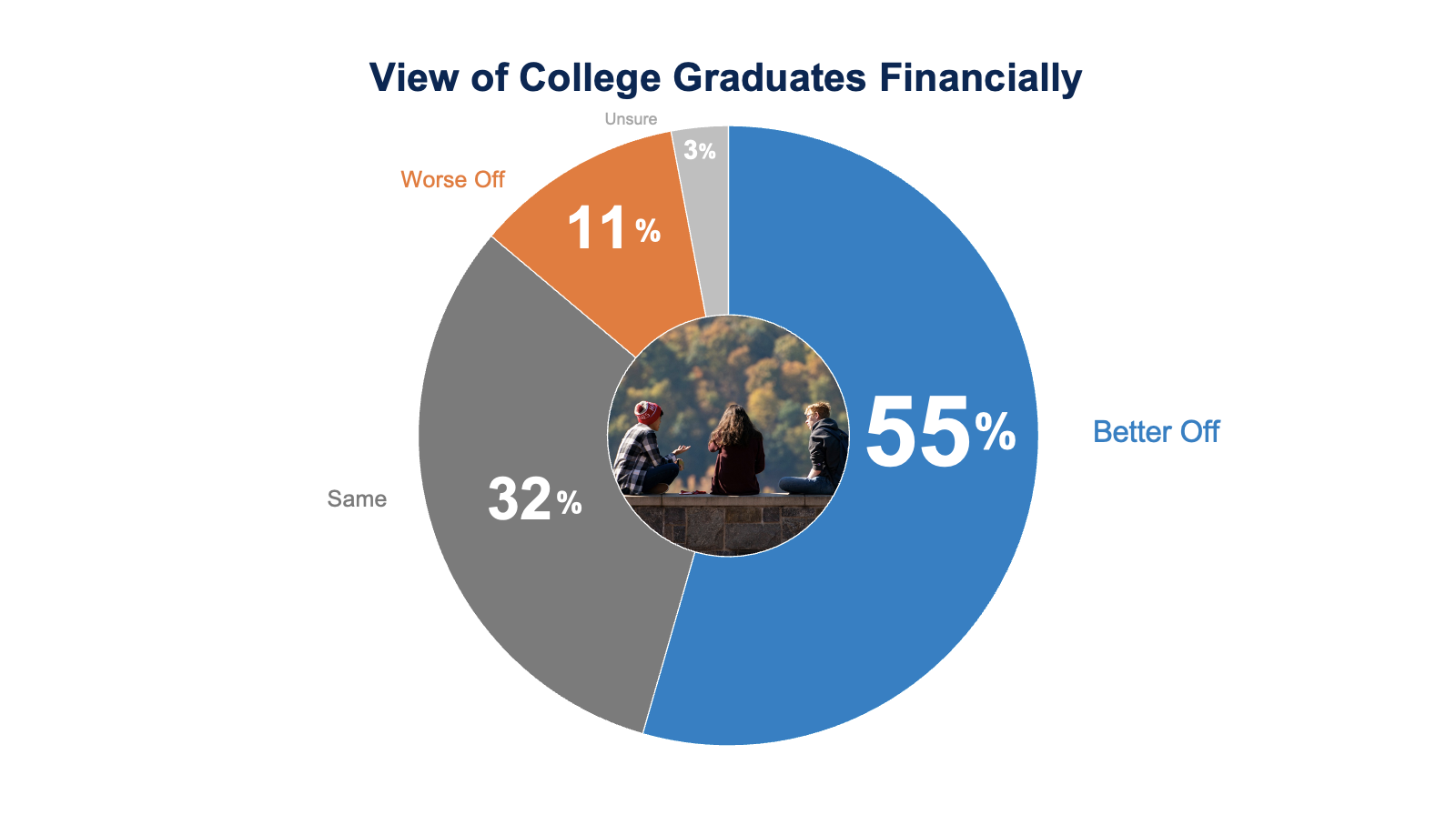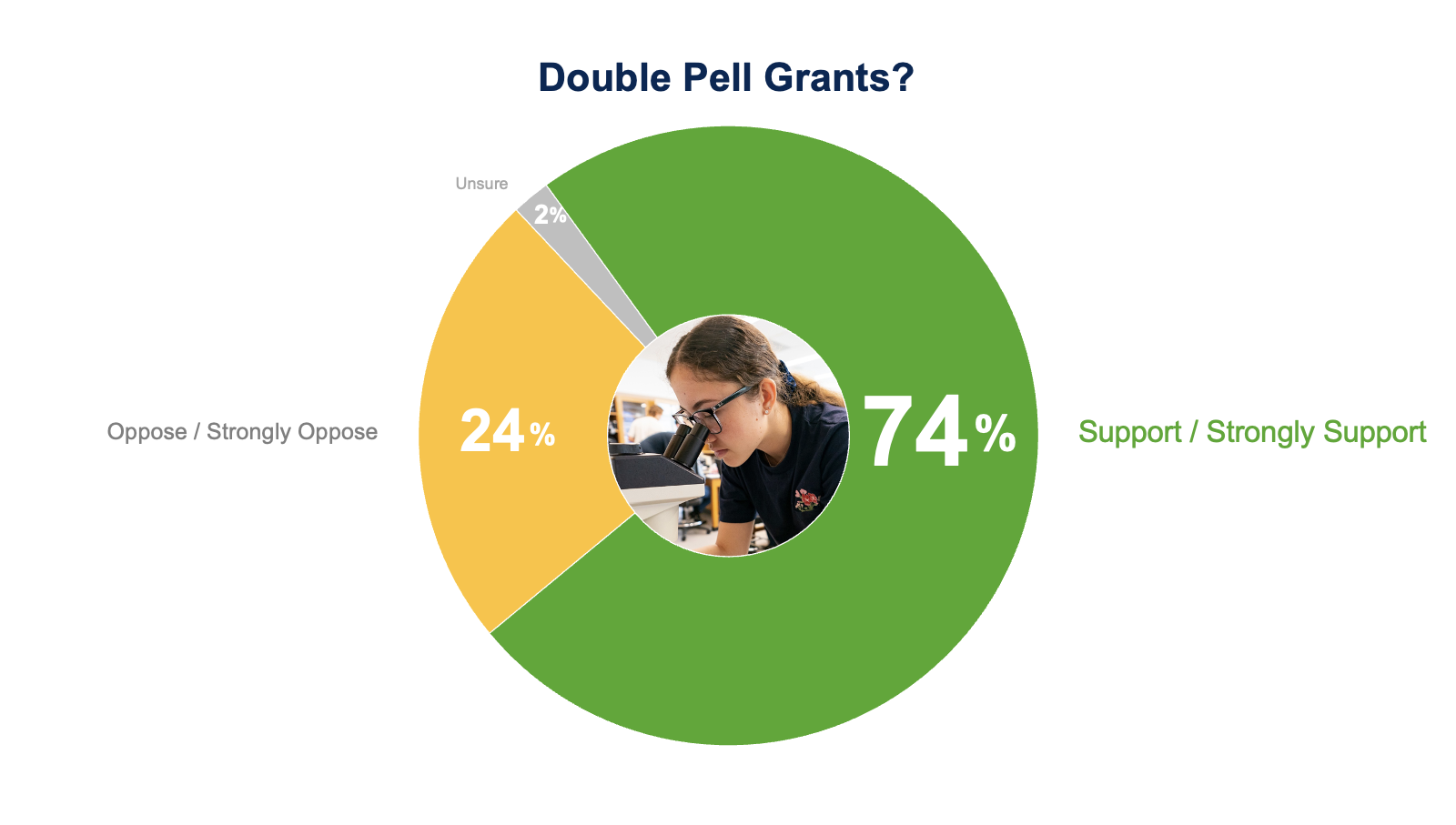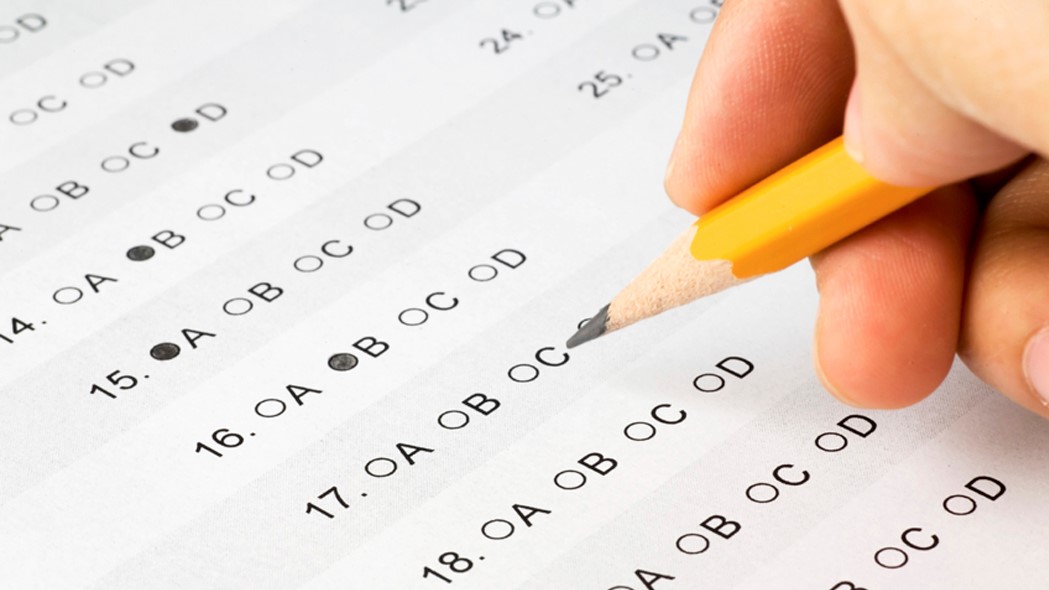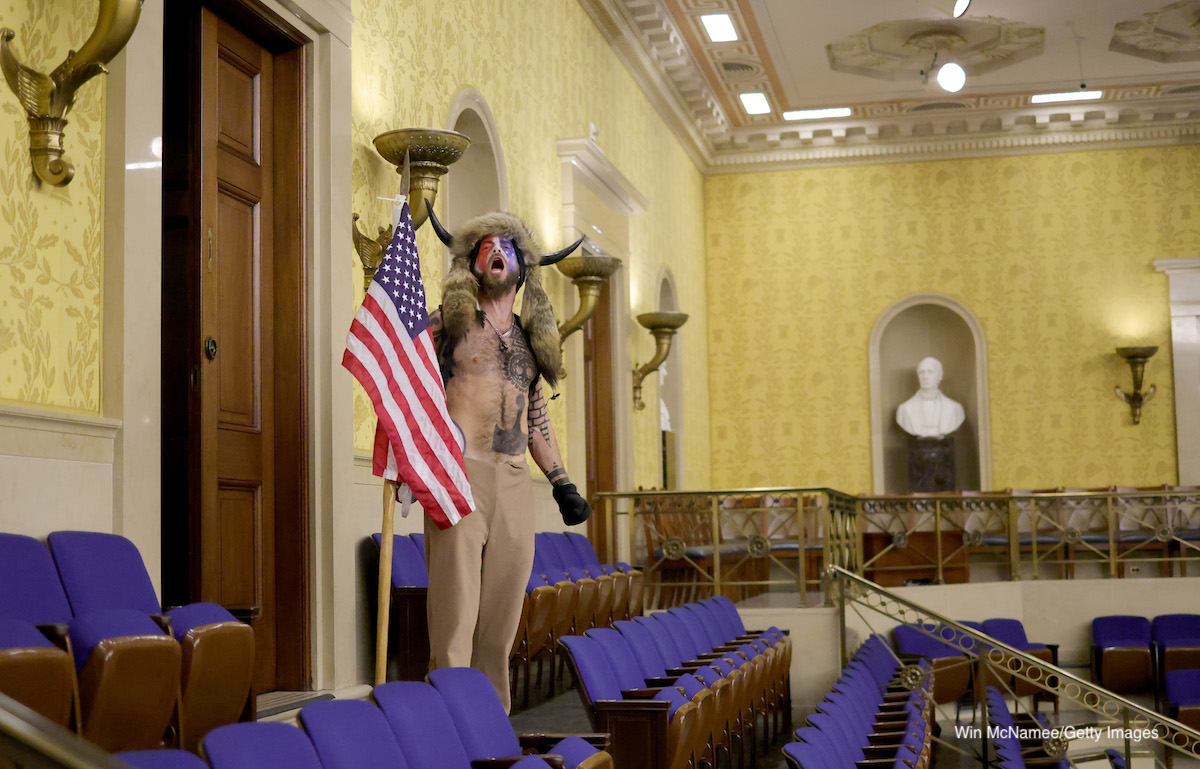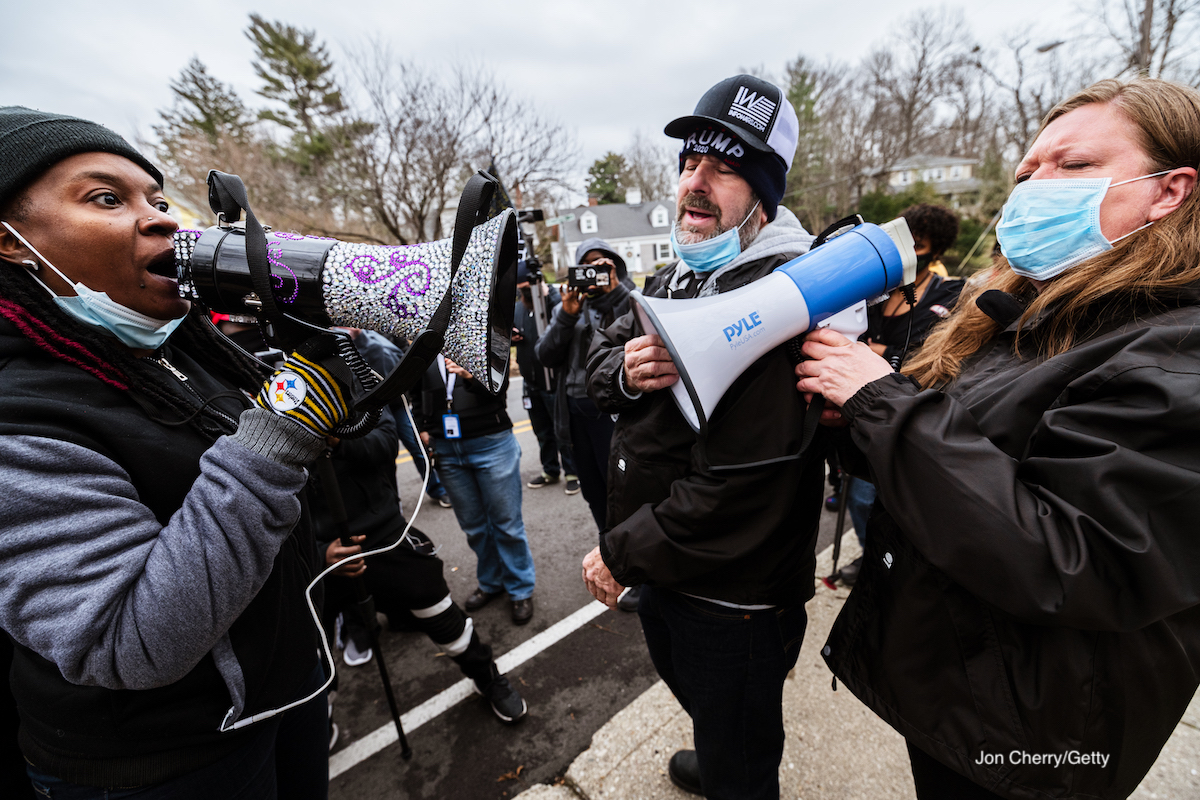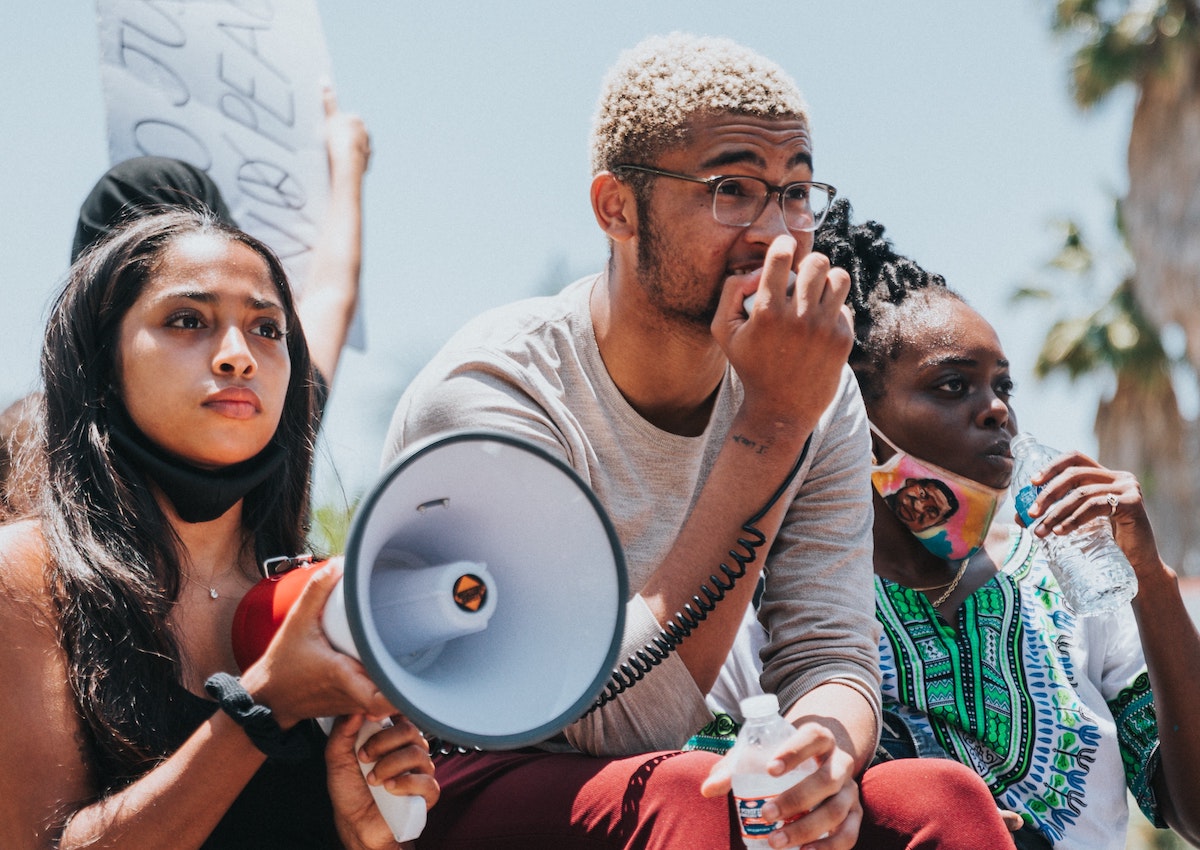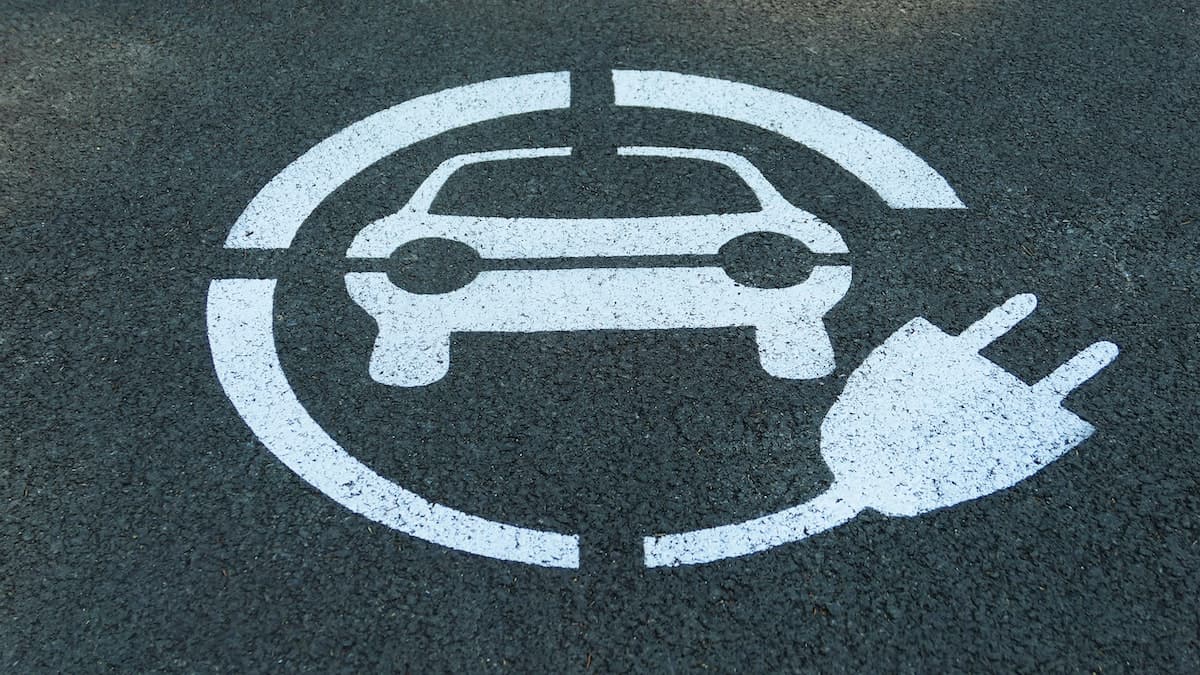This is part two of a two-part series on polarization in America. This post focuses on the systemic causes of polarization that result from our country’s political structure.
Over the past few years, we have witnessed profound political polarization, the emergence of what many see as a radical right and left, and an insurrection that jeopardized the peaceful transition of power.
In the midst of this, Americans are losing pride and faith in the nation and are exceedingly dissatisfied with the performance of their government.
A Gallup poll, conducted in June 2022, showed strong national pride has hit a record low (38%). According to a February Fox News Poll, the overwhelming majority of Americans are “dissatisfied” or “angered” with the way the government is functioning (67%).
What is driving this polarization, loss of pride, and general sense of dissatisfaction with our government?
Many would cite divisive topics like abortion, vaccine and mask mandates, police brutality, and gun control; however, these may only be symptoms of a system that structurally encourages polarization.
Certain structural elements of our system, such as the Electoral College, the rigid two party system, and even the way in which the Senate is composed, serve to amplify or even encourage this political polarization. The common thread tying these structures together is the failure to fully represent the interests of the majority of Americans.
Electoral College
The Electoral College is an integral part of the U.S. Constitution and has been used to select the president since the country’s founding.
Why not just use the popular vote count? The Electoral College system was the result of an elaborate compromise between those who wanted Congress to choose the president and those who preferred using the popular vote.
As a result, when you vote in a general election you are really voting for electors and these electors are the ones who actually cast the votes that elect a president.
Each state has the same number of electors as it does congressional representatives (members of the House and Senate). Therefore, the Electoral College consists of 538 electors and a candidate must receive 270 votes in order to win the election.
Here’s where it gets tricky. Most states are winner-take-all – whichever candidate wins the most votes at the polls gets all of that states’ electoral votes. Except in Maine and Nebraska, where proportional representation means the vote total in each Congressional district dictates how each electoral vote is assigned.
The problem is, candidates can run up the score in some states with huge majorities, but just barely lose in others with literal handfuls of votes deciding the race. The result?
Over the course of our nation’s history, five presidents have been elected while losing the popular vote. In every case except the first, these victors have been Republican candidates who beat out their Democratic adversaries in the Electoral College (or House of Representatives) and not in the popular vote.
In these four elections, any direct political power that voters had in the presidential election process was essentially overruled.
In a 2020 survey conducted by PRRI, 66% of respondents believed that the president should be elected by the popular vote rather than the Electoral College. That same question was asked in a 1993 UWSA Poll, and 73% of those surveyed were in favor of eliminating the Electoral College.
For multiple decades, the overwhelming majority of Americans have shown their disapproval for the Electoral College system, yet it persists.
Why? If such a big majority of Americans believe the system is fundamentally flawed, where is the change?
The simple answer is, it’s really hard.
In order to eliminate the Electoral College, the Constitution would have to be amended. This means it would have to be approved by a ⅔ majority in both the House and Senate, and then ratified by ¾ of the states.
Although this would be a difficult feat, there have been several proposed Electoral College reform bills which are gaining traction. While these may not fix all the issues with the Electoral College, they indicate a growing receptiveness among politicians to change.
Even if the Electoral College is never eliminated, there are other alternatives to giving the (direct) power back to the people.
For instance, the National Popular Vote Compact is an agreement between all signatory states and their electors to pledge all of their electoral college votes to the candidate who wins the national popular vote.
So far, 15 states and the District of Columbia have signed on, representing 36% of the 538 Electoral College votes. If more states join and bring the total to 270 of the 538, it would effectively end the potentially disparate effect of the Electoral College and make U.S. Presidential elections decided by the popular vote.
The Senate
Then, there’s the U.S. Senate.
When Congress was created it was divided into two houses. The House of Representatives and the Senate.
The House of Representatives was created to serve as a representation of the people. Due to this, members of the House of Representatives are elected directly and each state’s number of representatives is determined based on the size of its population.
The Senate was created to give every state equal representation within the legislative process. This means that each state has two senators regardless of their population. And, until 1913, people didn’t even get to vote for their Senators. State legislatures decided who to send to Washington.
The Senate was created as a check on the feared “mob rule” mentality of the House, ensuring that the interests of states with smaller populations would not be steamrolled by those with larger populations.
Although this is what our Founders desired, the structure of the Senate has been the focal point of a lot of criticism recently.
For instance, that Wyoming and California have two senators each, despite their vast population differences, means Wyoming voters have far more power in the Senate on a per capita basis than California voters – which is what the Founders intended – but rubs a lot of people the wrong way.
The House better reflects a state’s population but the two major parties have often used their power over drawing district lines to create seats that are “safe” for their party. With enough clever mapmaking, a state like Georgia, which voted for Biden and two Democratic U.S. Senators in 2020, has nine Republican House seats, four Democratic seats, and 1 competitive district.
And, it gets crazier in the way state legislative districts are drawn. Michiganders have voted for the Democrat in every presidential election since 1992 save one, have had two Democratic Senators since 1978 with one exception, yet have a state senate controlled by Republicans since 1984.
Is there a fix?
A constitutional amendment would be needed to change the number of senators each state has and, as noted above, that’s incredibly unlikely. Fixing the House is somewhat easier.
Arizona and six other states have implemented independent redistricting commissions in an attempt to limit gerrymandering. Other states have made more limited moves and courts have become active in trying to create more fairness in the system. It’s a start, but political power is a powerful motivator!
Two-Party System
Another area of concern for Americans is the lack of viable alternatives to our two extremely polarized political parties.
A July 2022 Suffolk University Political Research Center/USA Today Poll asked Americans if the current two parties were adequately representing their needs or if more parties were necessary. The majority (60%) agreed that a third, or multiple other parties, is needed.
So, why aren’t third party candidates more successful?
In 1912, Theodore Roosevelt ran on the Bull Moose line and received 27.4% of the popular vote and 88 Electoral College votes. Although this wasn’t enough to win, it set the bar for third party candidate success. Decades later, Ross Perot won nearly 19% of the vote in 1992 but failed to win any states.
Third party candidates have won some big federal and state races like Bernie Sanders and Jesse Ventura.
In 1981, Sanders won the mayoral race for the city of Burlington and, in 1990, was elected to the House of Representatives, running as an independent in both cases. To this day, he remains an independent in his third term in the U.S. Senate. Ventura, on the other hand, ran on a third party line as the Reform Party nominee when he won the Minnesota gubernatorial race in 1998.
While these third party success stories may appear relatively few and far between, they do show that, with enough time, effort, and support, it can happen.
In recent years, Americans have become increasingly frustrated with the two party system and some are calling for additional parties to better represent their interests.
For instance, a new party called Forward is being spearheaded by Andrew Yang and Christine Todd Whitman. The party is composed of former Democrats and Republicans and seeks to establish an option for moderate voters. And, that makes sense according to most polling.
In the 2022 Suffolk University Political Research Center/USA Today poll, Americans were asked about their political identification. Of those surveyed, 9% considered themselves “very liberal” and the same number considered themselves “very conservative.” The largest chunk of the population (36%) considered themselves moderates.
With so many middle-of-the-road voters and such a significant chunk of Americans calling for a third party, the timing may be perfect for the emergence of a strong and stable third party within the United States.
The new Forward Party has the potential to reinvigorate voters and give them a viable alternative to the Democratic and Republican parties.
Even if the Forward Party is not an immediate success, there are other actions being taken to reduce the power of the two-party system.
Many states and municipalities throughout the United States have successfully implemented non-partisan elections. Non-partisan elections allow independent candidates to gain more attention and permit candidates affiliated with a major party to run on more moderate agendas.
Ranked Choice Voting (RCV) is another potential disruptor. It remakes multi-candidate elections by allowing voters to rank all potential candidates in order of preference. This eliminates the need for run-off elections, gives voters a chance to have more say, and gives candidates opportunities to build coalitions as each round of counting eliminates the lowest performing competitor.
Although RCV has been used for a while, it faced one of its biggest tests in the 2021 New York City citywide elections. In the Democratic primary, 13 candidates qualified for the mayoral ballot, and RCV smoothly produced a consensus winner, Eric Adams. Despite criticism that RCV was confusing for voters, it proved to increase voter turnout.
Through the widespread use of things like RCV and non-partisan elections, we may be able to turn the tide on polarization.
Conclusion
What is clear is that Americans say they are unhappy about how things are going in our politics and polarization is a big cause of that. Structures built into our political system are at least part of the reason we have become so polarized.
So why is nothing changing?
Maybe, for all our talk, most Americans aren’t really pushing very hard to make it so. If we really want to be less polarized and have a political system that more Americans are proud to support, we can’t leave it to the politicians and the political system to make the changes necessary to get there.
This post was written by Marist Poll Media Team student Michael Bowler. Photo credit: Win McNamee/Getty Images


